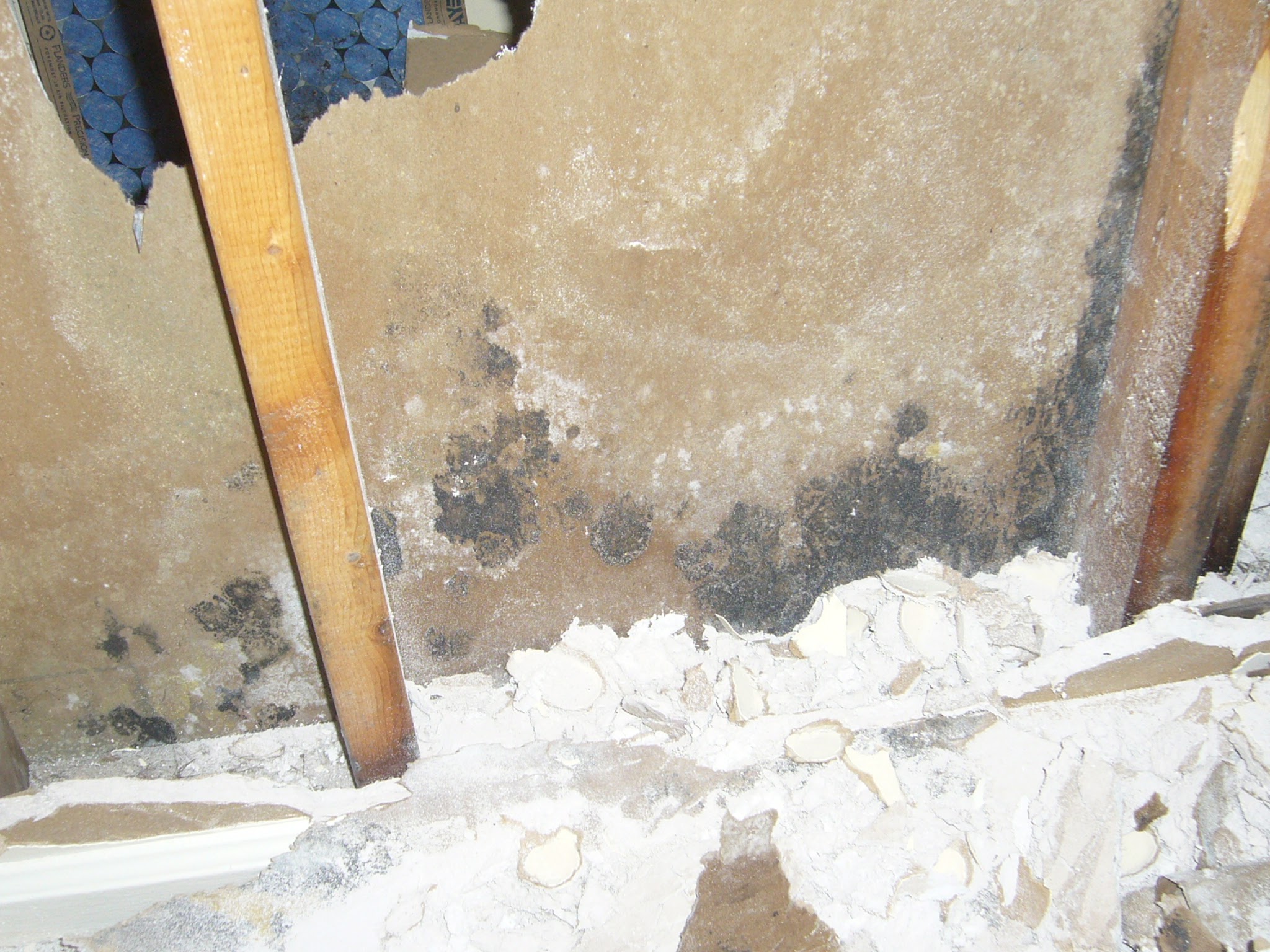Just how do you feel in relation to How to Fix a Water Damage Bathroom?

The shower room is very prone for damp build-up and possible water damages as a result of the regular use of water in it. This short article provides easy evaluation techniques to aid detecting water damages threats.
The constant use water in the shower room makes it extremely vulnerable for wet buildup as well as prospective water damage. By inspecting it regularly, you can reduce water relevant damages.
The following collection of examinations is easy to perform and need to be done as soon as in every three months in order to maintain your washroom healthy and also to stop prospective water damages triggered by the tub, the shower, pipeline joints as well as plumbing, sinks, cupboards, as well as the bathroom
Do not overlook carrying out these evaluations and be thorough while executing them. Remember that these easy inspections can save you a lot of cash by giving very early indicators for water damage
Sinks and Cabinets
Sinks and also cupboards are exposed to moisture and also moisture everyday as well as are commonly ignored. Check frequently under the sink as well as on the countertop over it. Fix any type of drip in the trap as it may recommend drainpipe troubles. Browse the sink, slow draining pipes might suggest a blocked drainpipe. Change sink seals if they are broken or loose.
Bath tub as well as Shower
The shower and tub need unique interest as well as upkeep. Inspect the ceramic tiles and also change if cracked. See to it that there is no missing out on grout in between the ceramic tiles. Examine and also replace cracked caulking at joints where the wall surfaces meet the flooring or the tub. Clogged drains pipes as well as pipes troubles will prevent the tub from drying and also may show severe problems under the tub. Consult with a specialist instantly to stop structural damages. Pay attention to stainings or soft areas around the bath tub walls as they might suggest an inner leak.
Plumbing
Signs for water damages are hard to find because the majority of pipelines are set up inside the walls.
Pay unique interest to floor covering as well as wall surfaces wetness and spots as they might suggest an unseen plumbing issue. Examine moisture levels in adjoining areas as well.
The Commode
The toilet is a prone water joint. Check the water lines and also search for leaks around the commode seat, in the tube, as well as under the water container. If you spot any type of indicators of wetness on the floor around the bathroom, look for leakages in the toilet rim as well as container seals.
Be aware that hanging bathroom dish antiperspirants enhances the opportunities for clogs.
Water Damage Signs In The Bathroom To Avoid Cleanup
Musty smell
This is one of the easiest signs to catch because musty smells are so odorous. The damp, earthy, moldy smell should be a big red flag. The smell will develop when moisture gets trapped in surfaces, and begins to facilitate mold growth. Leaking pipes under cabinets, inside walls, and behind shower fixtures will cause moisture to stay trapped and not dry, which will lead to mold growth and spread. As soon as you notice any musty smells in your bathroom, have it checked for hidden water damage and cleanup signs.
Visible mold
If the smell isn’t there to give it away, sometimes you will actually see mold growth. Finding mold in your bathroom is a serious problem, because mold is very harmful to your health. By the time mold growth is visible, it also means that water damage has already occurred and been present for some time. The only way the mold problem can be resolved is to find the source of the moisture and get it stopped. To safely and adequately remove mold, you need to have professionals handle the remediation. Do not waste any time in getting mold problems addressed, fixed, and sanitized so that you can protect you and your family from the many respiratory symptoms caused by mold exposure.
Damaged floors
Bathroom floors should be able to withstand some exposure to water while still remaining in good condition. However, when excess exposure or water leaks occur, they will begin to damage even the most water-resistant flooring. If you notice any cracking, bubbling, staining, or warping on your bathroom floors, there is probably a water leak somewhere causing the distortion. If you notice areas of the floor have become softer, or even have a spongy feeling, there is probably damage to the subfloor. Subflooring is typically made up of plywood. When plywood is exposed to water or moisture, it will absorb it. Once it has become saturated, the weight of the excess water will cause the wood to swell and soften. Check the floors in your bathroom frequently to catch any of these sings before they lead to damaged subflooring.
Changes on walls
When water leaks behind walls, it will cause changes in the drywall. Peeling plaster, blistering paint, and soggy wallpaper are all good indicators that excess water is building up behind the wall. Water leaking behind drywall will cause it to swell and be soft to the tough. If you start to notice gaps along the trim of your walls, or where tile meets the wall, it could also be a strong indicator that there is a leak behind the wall. Any changes, distortion, or damage on the walls should be evaluated as soon as you notice it to prevent further water damage and cleanup.

I discovered that blog entry about Looking for Signs of Water Damage in the Bathroom when doing a lookup on the search engines. Are you aware of someone else who is fascinated with the topic? Do not hesitate to promote it. We cherish reading our article about How to Repair and Prevent Bathroom Water Damage.
Contact Us Now